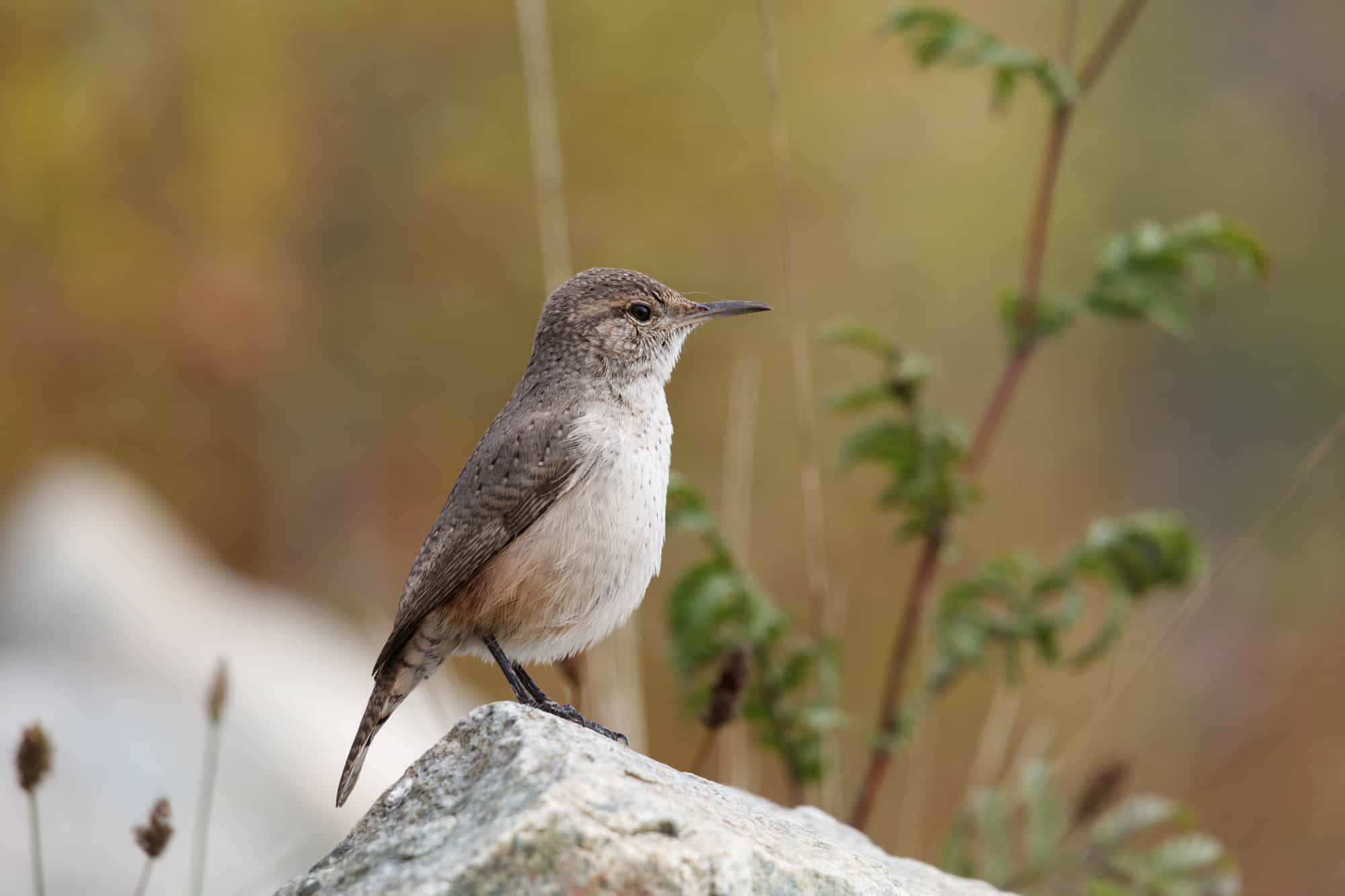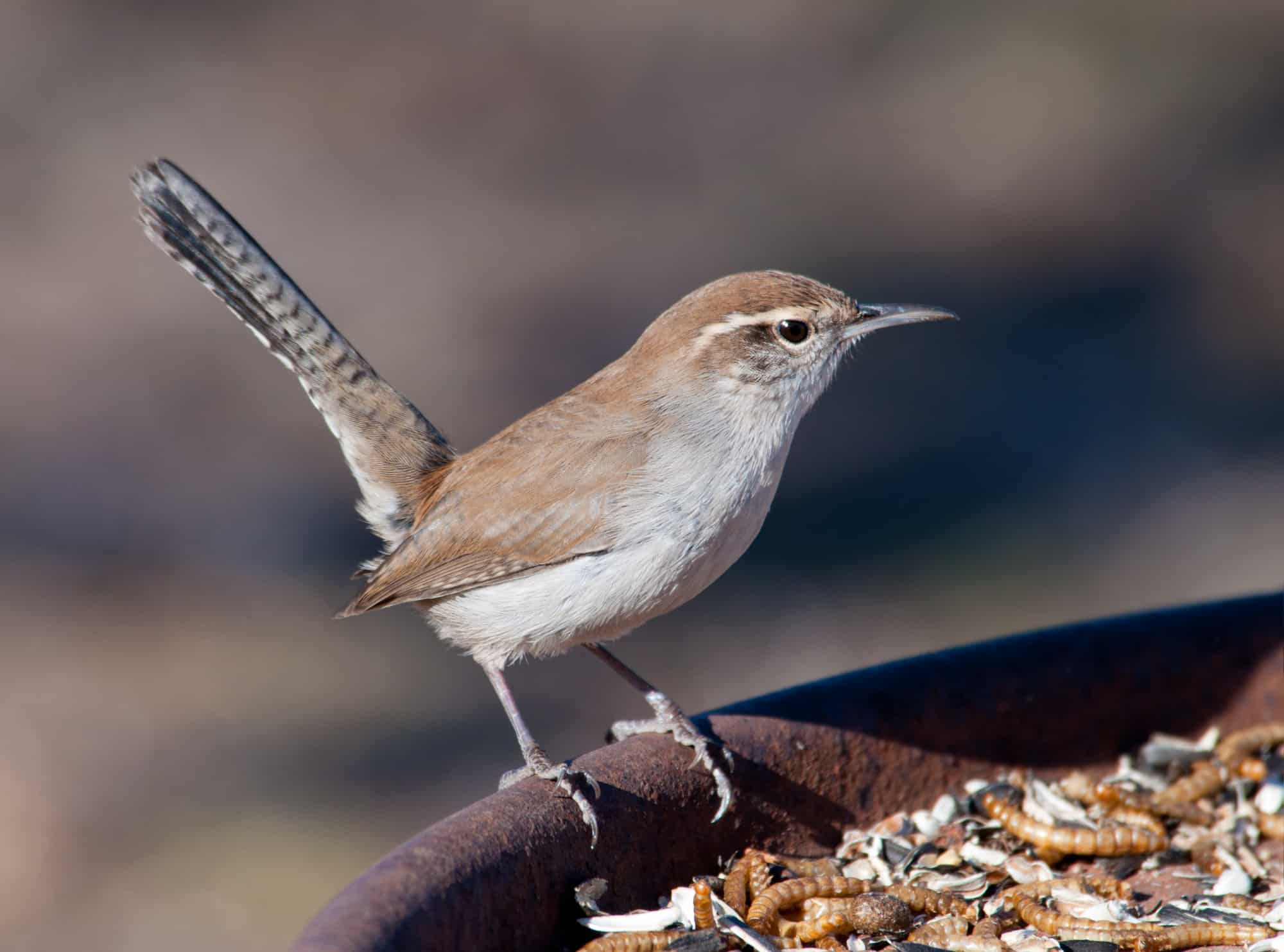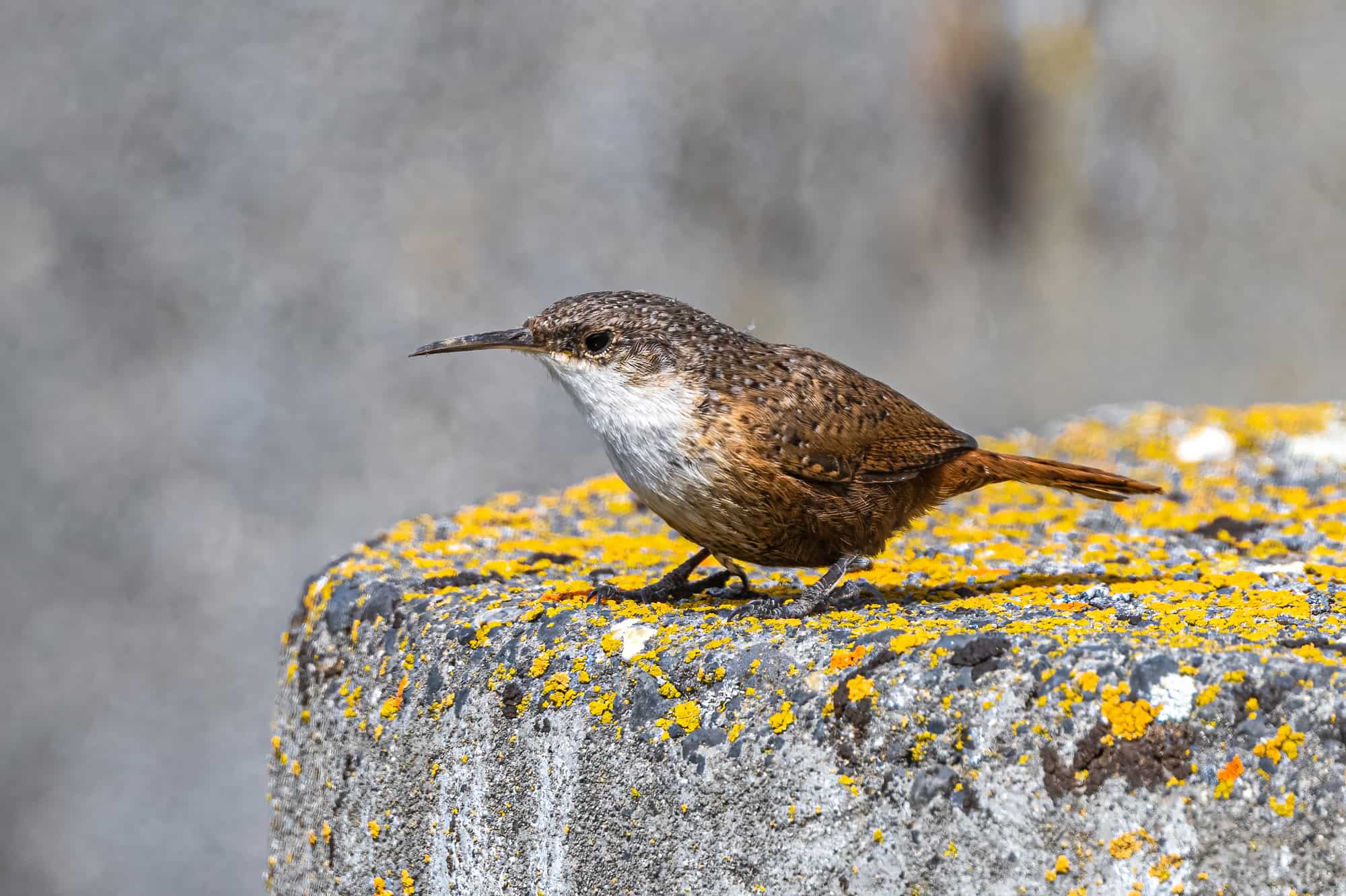When it comes to the best state for nature lovers, few can boast such impressive titles as Idaho. The deepest gorge, the highest waterfall, and the largest contiguous area of protected wilderness in the USA are just a few of the honors treasured by the ‘Gem State’.
But Idaho also has a high elevation and its northerly position makes it a cold place to be during the winter. The beautiful birds that live here either need to be very tough to survive all year or migrate south for the winter.
Being such small birds, it’s hardly surprising that many wrens choose to vacate the state during the coldest months, leaving the late spring and summer as the best time to see them here.
But a surprising number of wrens also stick out the harsh weather in lower-lying regions, so you can enjoy these diminutive birds at any time of the year.
From overgrown forests to towering canyons, from deep marshlands to your garden shed, wrens can be found in almost every habitat, too.
But exactly which species of wren can you see in Idaho? Well, there are 6 of them, and I’d give my biggest gold star to anyone who can guess all of them before scrolling down!
Wrens in Idaho, Starting With the Most Common
House Wren

- Scientific Name: Troglodytes aedon
- Length: 4.3-5.1 in (11-13 cm)
- Weight: 0.3-0.4 oz (10-12 g)
- Wingspan: 5.9 in (15 cm)
House wrens are a common sight in Idaho during the summer when large numbers of them come to nest here. Although they fly south for the winter, they’re still the most frequently seen wren in the state overall.
These slender, elegant birds are charming to watch in the garden, and house wrens are famous for nesting anywhere there’s a vacant cavity for them. From tin cans to coat pockets, house wrens will also appreciate an old-fashioned gourd birdhouse to raise their young.
It’s during the breeding season when house wrens prove that big personalities can come in small packages. They’ll readily defend their nest sites from other wrens, and may even chase away much larger birds that get too close to their precious home!
Male house wrens also use their loud, bubbling song to declare their territory and to attract the attention of females.
Marsh Wren

- Scientific Name: Cistothorus palustris
- Length: 3.9-5.5 in (10-14 cm)
- Weight: 0.3-0.5 oz (9-14 g)
- Wingspan: 5.9 in (15 cm)
Other than the house wren, marsh wrens are the only other member of the family that can be found from the Atlantic to the Pacific coast. It’s unusual to be announcing this less common species as the second most common wren, but in Idaho, they’re marked down on more than 5% of bird watchers’ reports.
This is impressive because marsh wrens are certainly not the easiest bird to spot! Their brown, black, and gray body camouflages masterfully well among the reeds that they occupy, and they rarely leave areas of standing water.
A trip out to a marshland to observe marsh wrens can still be a rewarding experience though. Through a good pair of binoculars, you might witness their riotous breeding behavior, where males vie for the attention of females, and will even sometimes destroy each other’s nests!
Marsh wrens are only found in Idaho during the nesting season, except for a small colony that remains in the center of the state for the whole year. Listen out for their frisky, buzzy song that they sometimes sing night-long in the spring and summer months.
Rock Wren

- Scientific Name: Salpinctes obsoletus
- Length: 4.9-5.9 in (12.5-15 cm)
- Weight: 0.5-0.6 oz (15-18 g)
- Wingspan: 8.7-9.4 in (22-24 cm)
Rock wrens are large, pale wrens with long legs and a long bill. True to their name, they’re nearly always found among rocky surroundings, especially around cliffs and boulder piles.
Rocks wrens are primarily spring and summer birds in Idaho when according to ebird.org, they’re recorded in about one in twenty bird watchers’ reports.
It’s during this time of the year that rock wrens build their nests on the ground among rocky hollows. A remarkable breeding trait is the way that they decorate their nest site with a front porch of pebbles which can weigh more than 3lb in total!
In winter they tend to only frequent the southwestern corner of the state. Look out for rock wrens bouncing up and down on top of a rock, singing their rhythmic series of metallic trills.
Bewick’s Wren

- Scientific Name: Thryomanes bewickii
- Length: 5.1 in (13 cm)
- Weight: 0.3-0.4 oz (8-12 g)
- Wingspan: 7 in (17.8cm)
In the west, Bewick’s wren tends to be a fairly sedentary bird. Even in northerly Idaho, they’re reported slightly more often during winter than summer.
The increase in sightings could simply be because they’re easier to spot in winter after leaves have fallen. They’re not a common bird anywhere this far north, but according to Sibley’s Guide to Birds, you’re more likely to see them in the southeast of the state.
Dry thickets and open woods are the most likely place where you’ll spot Bewick’s wrens, but they’ll often visit backyards, too. They’ll sometimes take up residence in a suitable birdhouse, although the more aggressive house wren will sometimes force them out again.
Like most wrens, Bewick’s wren mostly feeds on invertebrates such as beetles, ants, wasps, and spiders. Leaving an overgrown corner of your garden can encourage these energetic little birds to come and forage there.
Pacific Wren

- Scientific Name: Troglodytes pacificus
- Length: 3.1-4.7 in (8-12 cm)
- Weight: 0.3-0.4 oz (8-12 g)
- Wingspan: 4.7-6.3 in (12-16 cm)
Appropriately named, the Pacific wren is mostly seen in the most westerly regions of the country. Along with their eastern cousin the winter wren, they’re the smallest wren in North America.
The distribution of Pacific wrens in the northwest is remarkably scattered. While they are purely summer birds in some regions of Idaho, they’re seen either all year, only in winter, or not at all in other parts!
Damp woods and shaded brushy areas are the best places to find Pacific wrens, who love to scramble their way through the undergrowth, foraging around tree stumps and log piles for insects to eat.
Pacific wrens have an amazingly forceful voice for their tiny size – a rapid succession of exuberant warbles and trills. In the winter, they’ll sometimes gather together in birdhouses to stay warm.
Canyon Wren

- Scientific Name: Catherpes mexicanus
- Length: 4.5-6.1 in (11.4-15.4 cm)
- Weight: 0.3-0.7 oz (9.9-18.3 g)
- Wingspan: 7.1-7.9 in (18-20 cm)
One of the most beautiful looking of all wrens in North America is the Canyon Wren. Their rufous belly, white throat, speckled back, and extremely long bill makes them difficult to confuse with any other bird.
Another aptly-named species, the Canyon wren is rarely seen anywhere lacking vertical cliff faces. Their lush, soothing song reverberating off the rocks can add palpable sweetness to their stark surroundings.
Canyon wrens use their long bill to probe rock crevices for the insects and spiders that make up the majority of their diet. It will sometimes even steal insects stored in spider webs or wasps nests, and has never been seen drinking water!
Canyon wrens are non-migratory birds that are more common in the Southwest than in the Northwest. In Idaho, small numbers of them can be found year-round in the southern half of the state, but rarely in the north.
Conclusion
The diverse and dramatic landscapes of Idaho offer plenty of opportunities to encounter a wide variety of wren species.
Whether you’re enjoying house wrens nesting in your backyard, a rock wren collecting stones for its nest, or a canyon wren singing in the mountains, these tiny and delightful birds are sure to enchant and inspire any nature lover.
With more than 400 species of bird, Idaho is a birdwatcher’s paradise – at least during the warmer months! Don’t miss our dedicated guide to the state’s birding highlights.

